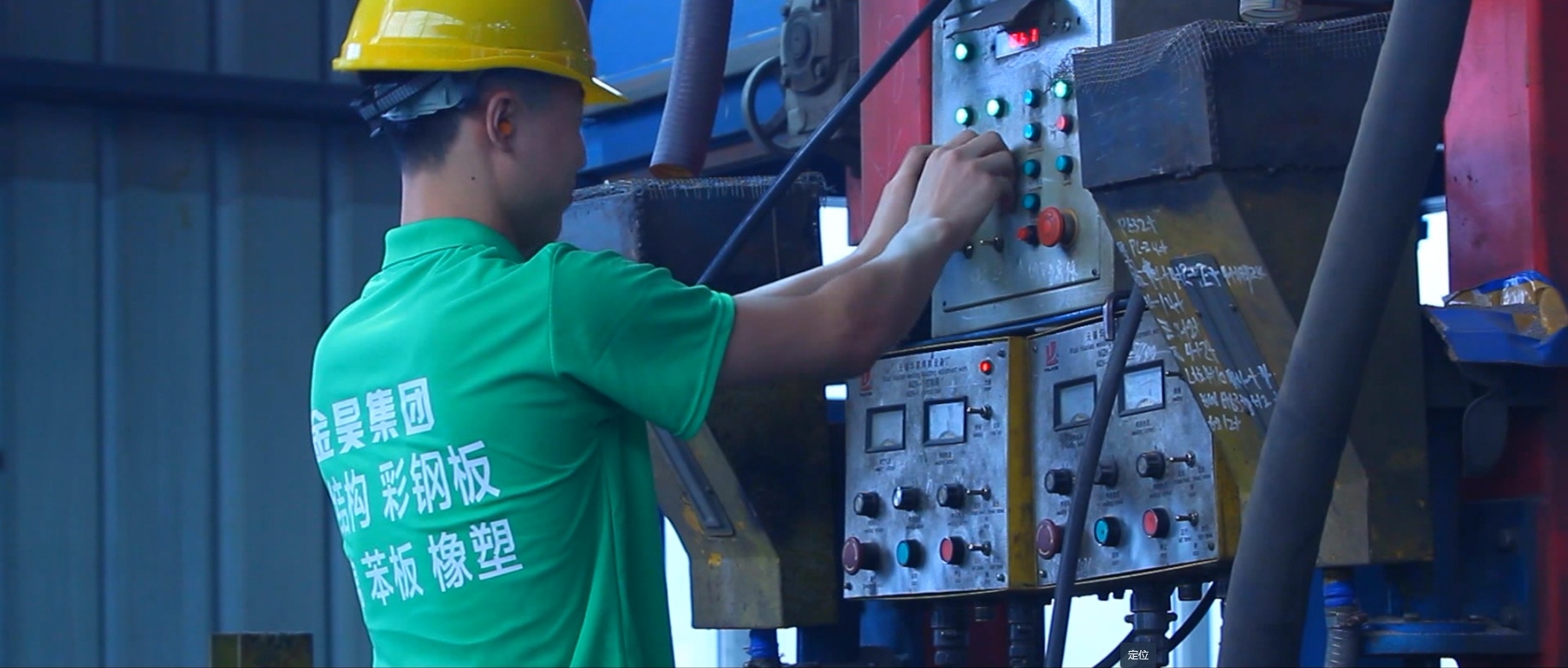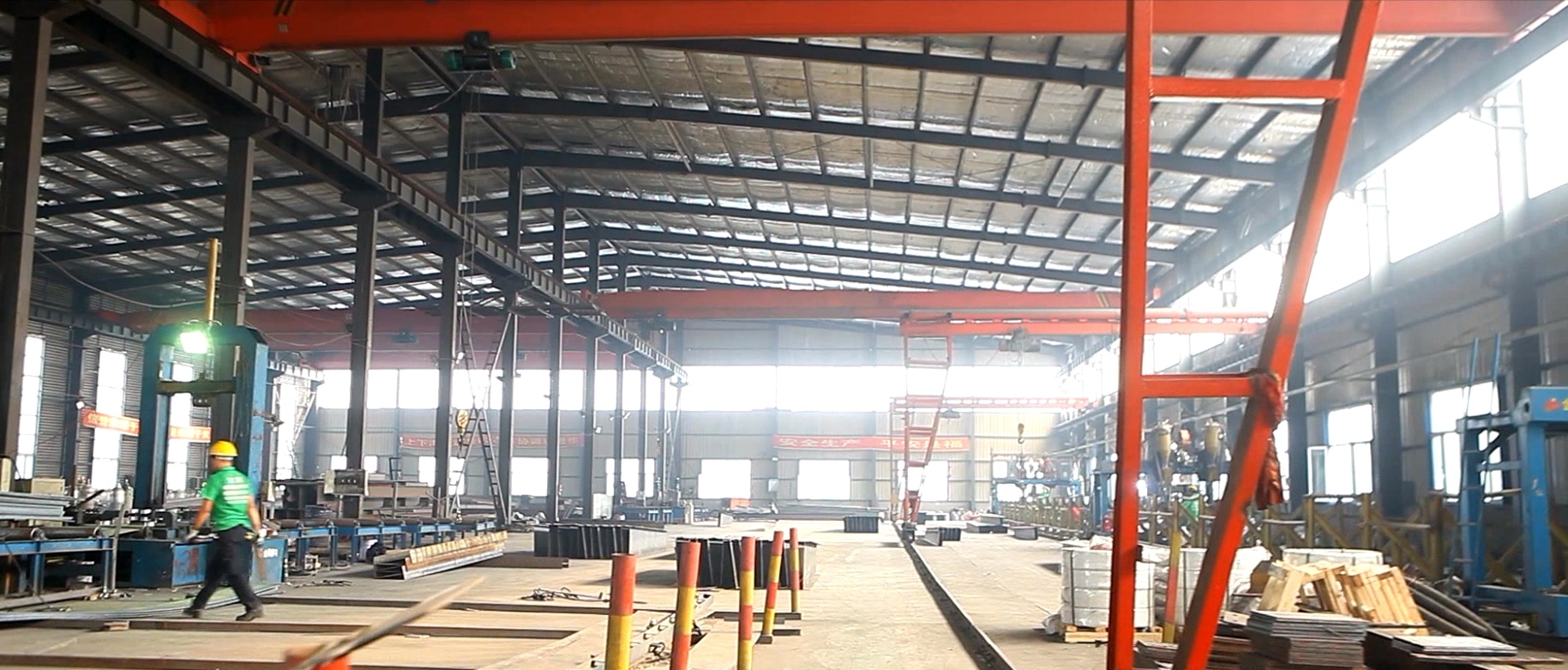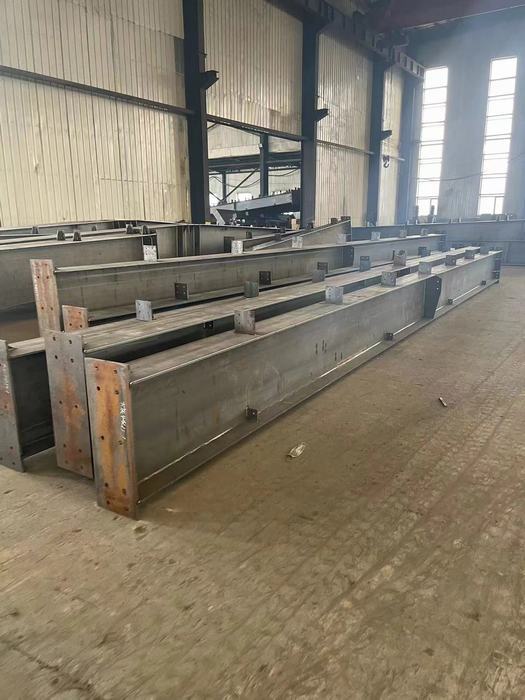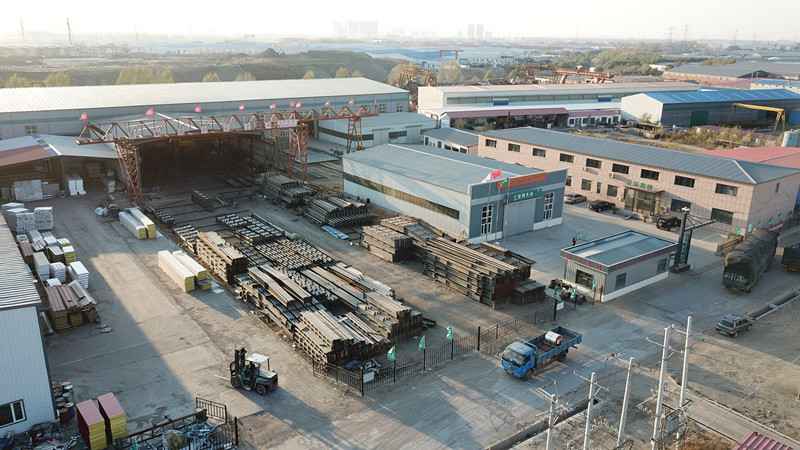A preliminary analysis of the problems and countermeasures in the application of fire-retardant coatings for steel structures
With the rapid development of the construction industry, building structures are constantly evolving. Steel structures have gained widespread attention due to their high strength, light weight, good seismic resistance, fast construction, low building foundation costs, small structural footprint, and high degree of industrialization. Although steel is non-combustible, it is highly conductive. When its temperature reaches 540℃ or higher, its mechanical properties rapidly decline, and at 600℃, its strength is almost zero. The fire resistance limit of bare steel is typically only 15-30 minutes. According to relevant Chinese building fire protection design standards, the fire resistance limit requirements for columns, beams, floor slabs, and roof load-bearing components range from 0.5 to 3.0 hours. On May 5, 1998, a large fire at the Yuquanying Ring Road Furniture City in Beijing resulted in the complete collapse of a 13,000 m² light steel structure building due to inadequate fire protection, causing direct economic losses of 20.87 million yuan. After the shocking "9/11 incident", experts analyzed that the planes did not actually bring down the buildings, but rather that the impact damaged the fireproofing coating on the steel structures, causing explosions and fires that exposed the steel structures to intense flames. After more than an hour, the structures softened, lost strength, and collapsed. Therefore, fire protection of steel structures is necessary to improve their fire resistance limit.

Various fire protection measures for steel structures exist. In the past, methods included casting concrete shells, using fire-resistant bricks to create fire barriers, covering with non-combustible materials such as gypsum board, or using hollow pipes filled with water for cooling. Currently, spraying fire-resistant coatings on steel structures is more common. This method is widely used due to its good fire-retardant and heat-insulating properties, its applicability to various structural geometries without requiring additional facilities, its ease of implementation, and its aesthetic decorative effect. However, issues exist in the selection, durability, and construction quality of steel structure fire-resistant coatings, posing challenges for fire supervision.
I. Selection of Steel Structure Fire-Resistant Coatings
(I) Classification of Steel Structure Fire-Resistant Coatings
According to GB14907-2002 "General Technical Conditions for Fire-Resistant Coatings for Steel Structures," steel structure fire-resistant coatings are classified into three types based on coating thickness and performance characteristics: ultra-thin, thin, and thick. Ultra-thin steel structure fire-resistant coatings (CB type) have a coating thickness of no more than 3 mm, thin coatings (B type) have a thickness of 3-7 mm. These two types of coatings absorb heat and expand and foam during a fire, forming a foam-like carbonized heat-insulating layer that prevents heat transfer to the steel structure, delaying temperature rise and providing fire protection. These are usually called expansion-type fire-resistant coatings. Thick steel structure fire-resistant coatings (H type) have a coating thickness of 7-45 mm, exhibiting a granular surface with low density. The coating does not foam when heated, relying on its low thermal conductivity to delay the temperature rise of the steel structure, providing fire protection with a fire resistance limit of 0.5-3.0 hours. This type is usually called fire-resistant heat-insulating coating. The two types of coatings have different performance characteristics and are suitable for different applications. All steel structure fire-resistant coatings are classified into indoor and outdoor types.
(II) Problems in the Selection of Steel Structure Fire-Resistant Coatings
The main problems in selecting steel structure fire-resistant coatings are: Firstly, ultra-thin steel structure fire-resistant coatings have become a research and development focus for many units in China. Generally solvent-based, they offer better decoration and thinner coatings than thick and thin types, significantly reducing the amount used and the overall project cost, making them popular in the market. However, there is a tendency to pursue increasingly thinner coatings, and the promotion of ultra-thin coatings is one-sided, which is detrimental to providing reliable safety for buildings. As ultra-thin coatings primarily rely on the physicochemical reactions of organic components in the formula, any factor affecting the carbonization and expansion properties will affect their fire performance, making it difficult to guarantee fire protection for more than 2.0 hours after a long period of application.

Secondly, designers often simply specify the use of steel structure fire-resistant coatings without detailing the type. During construction, price and aesthetics are often prioritized, leading to improper selection. Thirdly, the building's environment and usage are often overlooked. Outdoor steel structures are exposed to sun and rain, and those on the top floors of high-rise buildings with translucent panels are exposed to intense sunlight, requiring outdoor-type coatings. Fourthly, coatings only meeting indoor requirements are used outdoors.
(III) Correct Selection of Steel Structure Fire-Resistant Coatings
1. Expansion-type fire-resistant coatings are unsuitable for outdoor use.
Initially used for wood structures, expansion-type coatings have poor weather resistance when used outdoors, prone to aging and peeling. Their reliability in humid and corrosive environments, and the generation of smoke and toxic gases during high-temperature foaming, make them unsuitable for tunnels, outdoor areas, and buildings with frequent human occupancy unless special measures are taken. Thick fire-resistant coatings should be primarily used in nuclear, power, petrochemical, and chemical engineering projects.
2. Cautious use of thin steel structure fire-resistant coatings and strict control over the use of ultra-thin coatings.
Strict control should be exercised over all-steel structures, especially steel columns, beams, floors, and escape stairs in large public buildings. Main structural components such as steel columns, floors, and escape stairs should prioritize fire protection materials like steel wire mesh concrete. If this is difficult, thick fire-resistant coatings should be used, with cautious use of thin coatings and strict control over ultra-thin coatings. High-rise steel structures and multi-story steel structure factories should not use thin or ultra-thin coatings.
3. Select fire-resistant coatings based on the building section and fire resistance limit requirements.
For concealed steel structures in buildings where the appearance quality of the coating is not a high requirement, thick steel fire-retardant coatings should be used as much as possible. For exposed steel frames, steel trusses, and roof supporting structures, when the fire resistance limit required by the code is less than 1.5h, thin or ultra-thin steel fire-retardant coatings can be selected; when the fire resistance limit requirement exceeds 2.0h, thick steel fire-retardant coatings should be selected.
II. Durability and Management of Steel Fire-retardant Coatings
(I) Durability of Steel Fire-retardant Coatings
Regardless of the type of fire-retardant coating, the fire resistance limit given in its test report is the test result before its use. However, after several years of application, whether the fire-retardant performance of the fire-retardant coating remains the same is a question. Currently, there is a lack of scientific evaluation of the service life of various types of fire-retardant coatings in engineering environments. Fire-retardant coating manufacturers cannot provide the usable years and replacement cycles under different usage environments in the product descriptions. The use of steel fire-retardant coatings is always with a "one-time solution" attitude. Research on the durability of steel fire-retardant coatings has become an urgent task. Relevant evaluation standards and methods for the durability of fire-retardant coatings should be formulated to scientifically determine the cycle or years for replacing or repairing fire-retardant coatings. In addition, the repair of fire-retardant coatings is not simply re-coating. Whether re-coating on the old fire-retardant coating base can meet the technical performance requirements? How to overcome the construction difficulties of re-coating fire-retardant coatings, especially for concealed projects? These are issues that need further research.
(II) Usage Management of Steel Fire-retardant Coatings
Many manufacturers in China produce steel fire-retardant coatings, and the varieties are also mixed. There are no unified technical standards yet. There are few varieties of excellent ultra-thin steel fire-retardant coatings and outdoor steel fire-retardant coatings, so caution should be exercised when using them.
The coating model must be approved by the design unit, construction unit, construction unit, and fire department. Fire-retardant coatings should also have long-term functionality along with the long-term use of buildings. Therefore, after the construction acceptance of fire-retardant coatings, maintenance management should also be paid attention to. First, avoid damage from other operations or accidental impacts, wear, rain, and pollution.
Previous
Previous:
Related Articles





